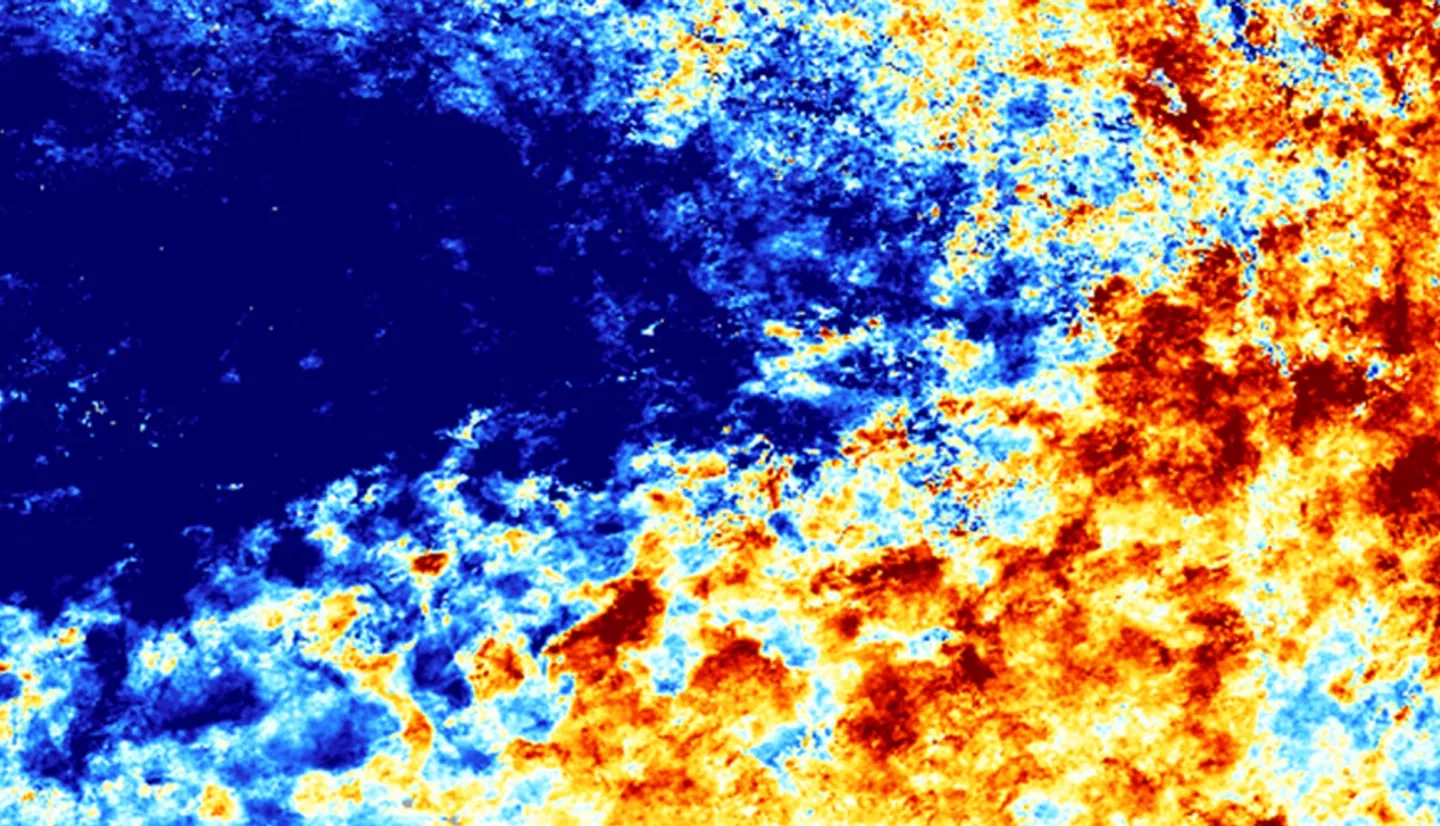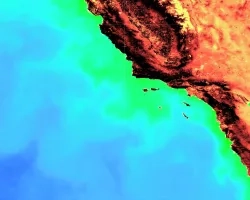
The California grunion is an endemic fish species vital to the California coast, acting as a versatile food source for many species such as seabirds, large mammals, and other fish in the food web. This species, known primarily for the unique way in which they spawn, have two specialized regions. Historically, they only occur in Southern California and northern Baja California and are vulnerable to air and ocean temperature changes. In the last 16 years, scientists recorded grunion spawning further north to the San Francisco Bay area. In response to air and ocean temperature increases, the fish migrate to cooler waters they are more adapted to. This is an issue due to the fact that the grunion found here are much smaller in size, indicating the north coast may not be as suitable for the species. Increased beach activity, beach cleaning practices, and coastal erosion significantly contribute to the decrease in population and the significant shift of spawning areas. This project, in collaboration with the Grunion Greeters Project, used Aqua MODIS satellite data for sea surface temperature (SST) and chlorophyll-a concentration to create a time series of the California coast from 2002 to 2017. Analyzing this product will help predict grunion spawning areas and can be used to develop beneficial management practices as well as establish new protective areas to keep the species thriving and safe.



